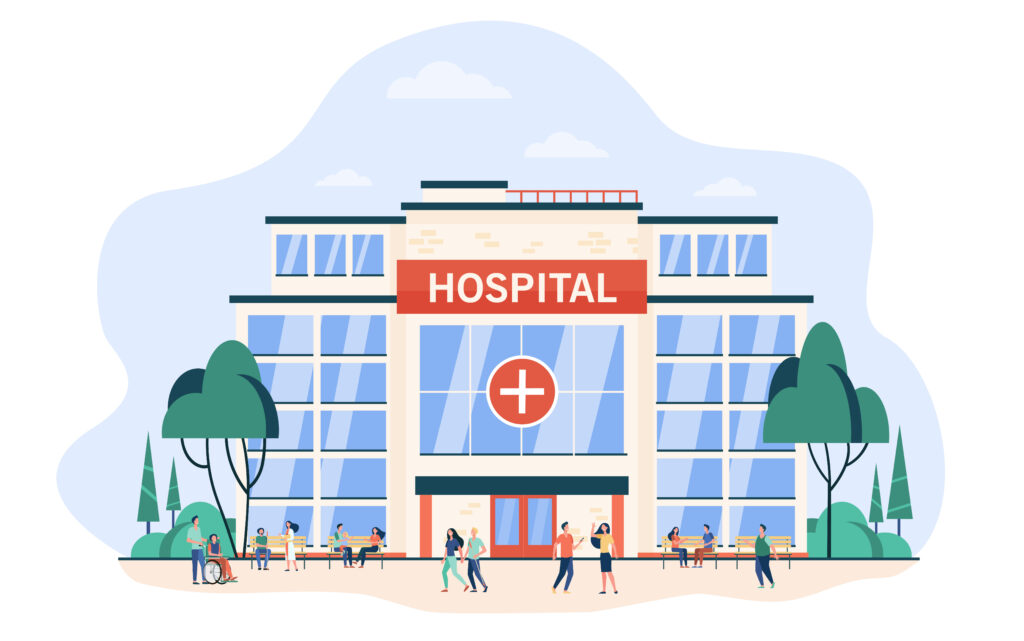patient satisfaction
TagLowering Lipids During American Heart Month
Master Clinician Series: Free Monthly Webinars
On the first Friday of every month, at 12:00 p.m. ET, Skin, Bones, Hearts & Private Parts offers FREE, 30-minute live Zoom webinars on timely topics and common healthcare challenges, presented by som…
Shared Governance in Nursing: Revolutionizing Healthcare Delivery
Miami Valley Hospital saw a remarkable 40% increase in nurse engagement scores. Their average engagement scores jumped from 2.75 to 4.36 on a 5.00 scale after they put a new governance structure in place.
Shared governance in healthcare lets nurs…
Navigating the New Era of Patient-Centered Care in 2025
The year 2025 will mark a transformative period in healthcare as patient-centered care becomes increasingly prominent. This paradigm shift emphasizes treating patients as individuals with unique needs and preferences, fundamentally reshaping the p…
How Streamlining Hospital Processes Can Lead to Improved Patient Outcomes
We’ve all worked our way through the slow-moving bowels of the American healthcare system at one point or another. Maybe you had to fight your way to an appointment with a specialist who is apparently booked out six months in advance. Maybe you ne…
How Social Workers and Healthcare Providers Create Stronger Support Systems Together
Social workers are some of the most undervalued and overlooked professionals in today’s global economies. Despite a number of reasons to pursue social work, and that much of the social work accomplished is of great necessity and importance to huma…
The Rising Popularity of Home Healthcare and Its Impact on Nursing
Home healthcare is transforming the way patients receive medical care, rapidly gaining popularity as an alternative to traditional hospital or clinical settings. Driven by advancements in technology, a growing preference for personalized care, and…
Breaking the Burnout Cycle: Essential Strategies for Resilience in Healthcare
Burnout among healthcare professionals has reached critical levels, intensified by the COVID-19 pandemic and ongoing challenges in the healthcare industry. This state of emotional, physical, and mental exhaustion not only impacts the well-being of…
The Benefits of Interprofessional Collaboration in Healthcare
Interprofessional collaboration in healthcare refers to the cooperative practice of professionals from various disciplines working together to provide comprehensive patient care. This approach is becoming increasingly important in today’s complex …
The Convergence of Physical and Mental Healthcare: New Integrated Roles
The convergence of physical and mental healthcare is reshaping the healthcare landscape, emphasizing the importance of treating the whole person rather than just individual symptoms. This integrated approach is creating new roles and opportunities…
Understanding the Importance of Cultural Competence in Healthcare
Cultural competence in healthcare refers to the ability of providers to understand, communicate with, and effectively interact with patients from diverse cultural backgrounds. As the population becomes increasingly diverse, the importance of cultu…










